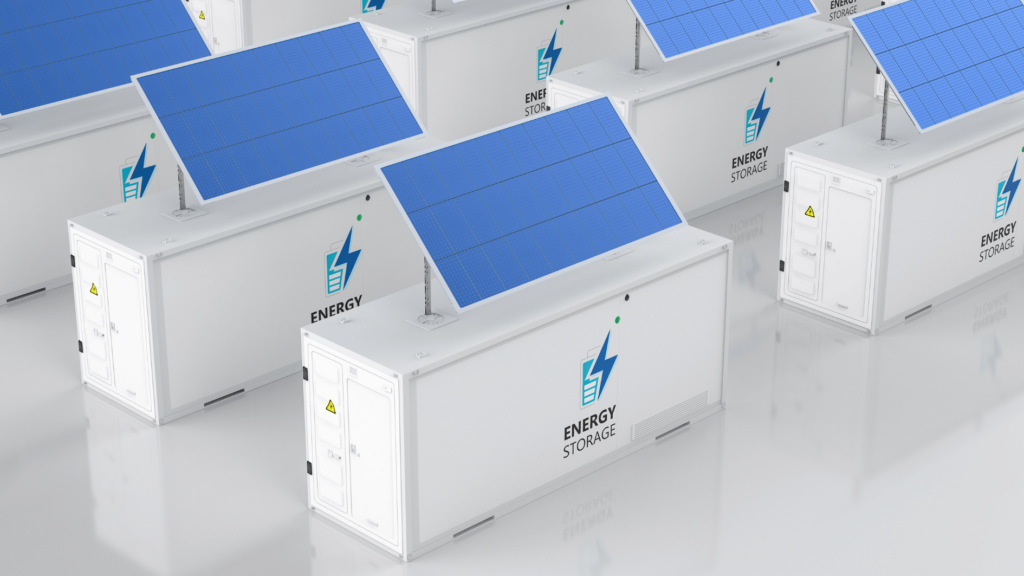Image source: Canva.com
Navigating the world of home solar battery systems can be daunting due to the lack of standardized specifications in this emerging industry. While safety and reliability standards are met across models, the wide variety of features and configurations makes comparison challenging. This guide provides essential tips to help you evaluate battery quotes and choose the right system for your energy needs.
Understanding Power Ratings
Power rating (kW)
Indicates the maximum power the battery can deliver at once, determining how many appliances it can run simultaneously.
Example: A compact fluorescent bulb uses 12 watts (0.012 kW), while a 3-ton AC unit requires 4.8 kW.
Continuous vs. instantaneous power
- Continuous power is the sustained output for regular use.
- Instantaneous power delivers higher bursts of energy for appliances like sump pumps that need extra startup power.
Battery Capacity and Usable Energy

- Capacity (kWh): Reflects the total electricity a battery can store and deliver.
- Example: A 5 kW, 10 kWh battery can run a 4.8 kW AC unit for two hours or 20 lightbulbs for two days.
- Usable capacity: Refers to the portion of stored energy accessible for use, accounting for efficiency losses.
Determining Your Battery Needs
Factors influencing the number and type of batteries include:
- Desired backup duration.
- Solar panel output.
- Essential appliances during outages.
- Budget and space constraints.

Key Performance Metrics
- Round-Trip Efficiency: Measures how effectively a battery stores and discharges electricity. Higher efficiency means less energy loss.
- Lifespan: Determined by:
- Years of operation.
- Throughput: Total energy (kWh) handled over its lifetime.
- Cycles: Number of charge/discharge cycles.
- Example: A 20,000 kWh throughput warranty on a 10 kWh battery equals 2,000 cycles (about 5.5 years at one cycle per day).
- Safety: All batteries sold in the U.S. meet rigorous safety standards, with some chemistries exceeding requirements.
- Chemistry: Impacts performance, longevity, and cost:
- Lithium-Ion (NMC): Compact and high power density.
- Lithium Iron Phosphate (LFP): Long-lasting and highly safe.
- Lead-Acid/AGM: Cost-effective but lower cycling capabilities.

Choosing the Right Solar Battery
Selection depends on
- Home Size and Usage: Larger homes with high energy demands may need high-capacity batteries.
- Solar System Design: Smaller, cost-efficient batteries might be ideal for homes with optimized solar panels.
- Personal Preferences: Balance between upfront costs, longevity, and safety features.
Key criteria include
- Depth of Discharge (DoD): Higher DoD indicates better usage of stored energy.
- Instantaneous Power: For energy-intensive appliances.
- Efficiency: To maximize savings and reduce losses.
What is a Solar Battery?

A solar battery stores electricity generated by your solar panels, allowing you to:
- Keep appliances running during power outages.
- Use more solar energy instead of relying on the grid.
- Save money by reducing electricity costs.
Should You Invest in Solar Battery Storage?
While solar battery systems provide backup power and financial benefits, they involve technical considerations. Here’s a quick breakdown of features to prioritize:

- High power rating: Supports multiple appliances at once.
- Usable capacity: Powers essential needs for extended durations.
- Efficiency and longevity: Lithium-ion batteries, especially LFP, offer excellent durability and energy utilization.
- Safety: All systems meet safety standards, but LFP batteries excel.
Solar batteries are a valuable addition to your energy system, offering sustainability, cost savings, and reliability. By understanding the specifications and evaluating your needs, you can make an informed decision to maximize the benefits of your solar investment.





